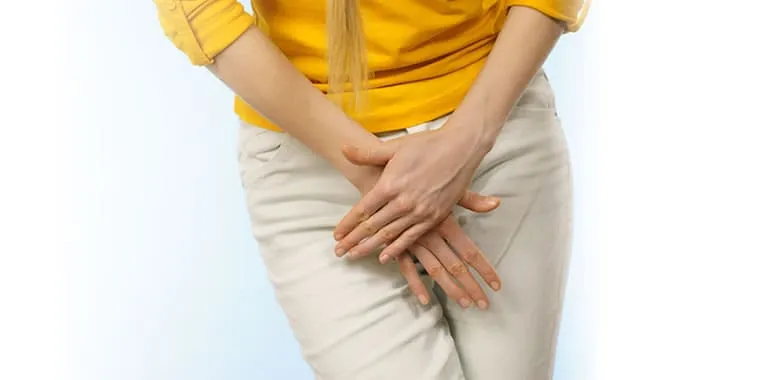Are you still leaking after having your baby?
Three things you can do to stop wetting yourself now!
“How come nobody told me about this?”
It’s been almost 1 year since you had your baby.
And if you are like many new mommies, you have been given plenty of advice on how to take care of your baby.
But no one has really given you advice on how to take care of you and your body.
And like many new mothers, you were probably told that leakage, or wetting yourself, not having full bladder control after having your baby is “normal “ and “will go away on its own”…
….that was almost a year ago ….
It was ok in the beginning, but now it’s at a point where you’re anxious about going out. You’re constantly changing your underwear. You’re frustrated you can’t get through your workout because you’re worried you might have another accident.
No one has offered any help.
No one has told you what you can do.
That’s about to change.
This problem is common.
And this problem can be FIXED!
Now I’m not promising that by the time you read this your problem will be completely gone.
But what I am going to do is talk about some easy things you can do now to help your incontinence problem (that’s the medical term for poor bladder control).
You will learn 3 things that I have taught hundreds of women over the years to get control of their bladder (and their life) back.
1. Watch What You Drink:
Certain liquids that you drink can irritate the bladder or increase urine production. Alcohol and caffeine are one of the ones that you should be mindful about. It increases urine production. In other words, it makes you run to the restroom! Therefore you may want to limit having these things to avoid an overactive bladder. In turn, certain foods can also irritate the bladder. Take a look at what you’re eating and drinking and rule out what makes you leak more.
2. Doing the RIGHT Exercises:
Your body goes through many changes after pregnancy. Along with Incontinence, Your pelvis may shift, you may experience back pain, and/or you might see bulging of your abdomen (called Diastasis Recti). It’s important to do the right exercise in order to maximize your workouts and most importantly avoid making things worse. Walking is a great exercise that can help you lose weight and get your incontinence under control. Walking for about 30 minutes a day along with a healthy diet can help burn more calories and in turn put less pressure on your bladder. Pelvic floor exercises or kegels also help strengthen the muscles that support your bladder. HOWEVER! It’s important to make sure you are doing these pelvic floor exercises correctly in order for it to work. Like any exercise, there’s a right way and a wrong way to do them. Knowing the right kind of exercise for you will help you resolve Incontinence and any movement issues.
3. Consult an Expert.
Want to know what exercises are best for you and which ones to avoid?
You can look on google or youtube for exercises but oftentimes they are not the ones that you should be doing. Many of our patients have tried doing exercises on their own but come to see us because they are not getting the results they want. Empower PT and Wellness takes a comprehensive approach that goes beyond doing kegels. We believe that the best way to recover is to help retrain your pelvic floor muscles, discuss eating and drinking habits that often irritate the bladder, realigning hips and pelvis if needed, and so much more!
Call 909-907-0805 or visit
https://empowerptwellness.com/telephone-consultation/
to talk to an expert today and find out how we can help you so you can get back to doing what you love with no leakage!


